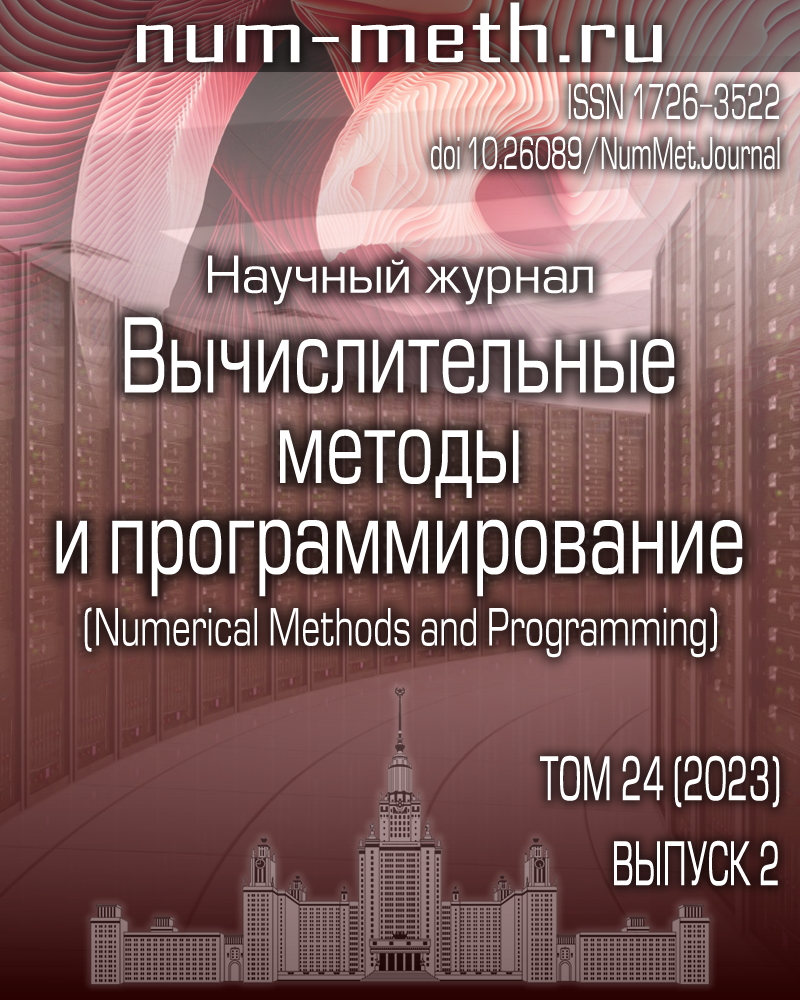|
This article is cited in 1 scientific paper (total in 1 paper)
Methods and algorithms of computational mathematics and their applications
Analysis of the experimental flow shadowgraph images by computer vision methods
I. A. Doroshchenko
Lomonosov Moscow State University
Abstract:
In this study, two examples of physical experiment automation using computer vision and deep learning techniques are considered. The first of them involves the use of classical computer vision techniques to detect and track the oblique shock wave on the experimental shadowgraph images. This was achieved using Canny edge detection and Hough transform, which allowed to obtain the line equation corresponding to the oblique shock wave. By automatically calculating the angle of this wave for each frame in the video, the process of extracting quantitative information from flow visualizations was significantly accelerated. In the second example, a convolutional neural network was trained to identify four classes of objects on the shadowgraph images, namely vertical shock waves, bow shocks, plumes, and opaque particles in the flow. The custom object detection model is based on the up-todate YOLOv8 architecture. To realize this task, a dataset of 1493 labeled shadowgraph images was collected. The model showed excellent performance during the learning process, with model precision and mAP50 scores exceeding 0.9. It was successfully applied to detect objects on the shadowgraph images, demonstrating the potential of deep learning techniques for automating the processing of flow visualizations. Overall, this study highlights the significant benefits of combining classical computer vision algorithms with deep learning techniques in the automation of physical experiments. However, classical algorithms demand the writing additional code to extract the required information. The deep neural networks can perform this task automatically, provided that a well-annotated dataset is available. This approach offers a promising avenue for accelerating the analysis of flow visualizations and the extraction of quantitative information in physical experiments.
Keywords:
computer vision, digital image processing, object detection, convolutional neural networks, flow visualization, shock wave, bow shock.
Received: 28.03.2023
Citation:
I. A. Doroshchenko, “Analysis of the experimental flow shadowgraph images by computer vision methods”, Num. Meth. Prog., 24:2 (2023), 231–242
Linking options:
https://www.mathnet.ru/eng/vmp1086 https://www.mathnet.ru/eng/vmp/v24/i2/p231
|

|




 Contact us:
Contact us: Terms of Use
Terms of Use
 Registration to the website
Registration to the website Logotypes
Logotypes








 Citation in format
Citation in format 
